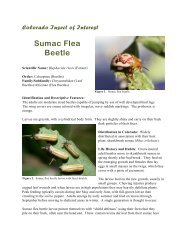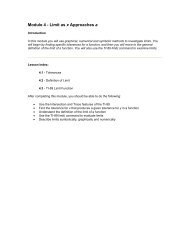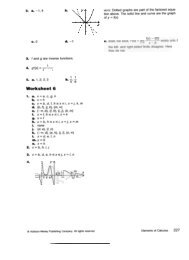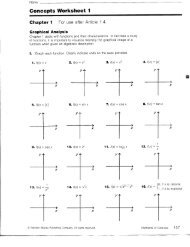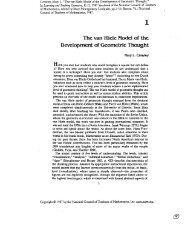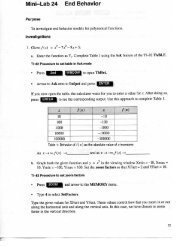Statistics Terminology
Statistics Terminology
Statistics Terminology
Create successful ePaper yourself
Turn your PDF publications into a flip-book with our unique Google optimized e-Paper software.
Z – testFinding the critical values:The critical value(s) separate the critical region from the non-criticalregion.The critical region or rejection region is the range of values of the testvalue that indicates there is a significant difference and that the nullhypothesis should be rejected.The non-critical region or non-rejection region is the range of values of thetest values that indicates the difference was probably due to chance andthe null hypothesis should not be rejected.Testing a Claim about a mean: large sampleAssumptions:1) The sample is a simple random sample.Careless samples are useless2) The sample is large (n > 30).Allows us to use the central limit theoremNo requirement for population to be approximatelynormally distributed3) The sample standard deviation is used of the populationstandard deviation is unknown.Traditional Method(test statistic)x − µz =σnReject the null hypothesis if the test statistic is in the critical region.Fail to reject the null hypothesis if the test statistic is not in the criticalregion.P-ValueA P-value (or probability value) is the probability of getting a value of thesample test statistic that is at least as extreme as the one found from thesample data, assuming the null hypothesis is true.Keep in mind that you are deciding whether a sample result is unusual.Small P-values (smaller that given α ) give unusual sample results andhave a significant difference. Reject the null hypothesis if the P-value isless that or equal to the significance level ( α ) .



